By TODD GLASSCOCK
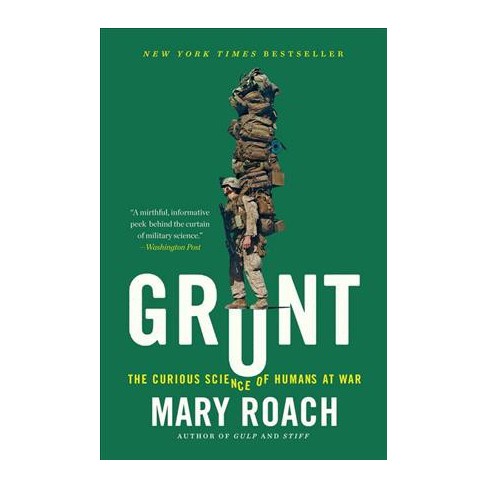 Grunt: The Curious Science of Humans at War
Grunt: The Curious Science of Humans at War
Mary Roach
W.W. Norton, 2016
Hardcover, 285 pages
Almost three-quarters of a century have passed since some 13,000 paratroopers dropped from the skies over Normandy a few hours before thousands more Allied soldiers would land on the beaches to begin the liberation of Europe from the Third Reich.
Those paratroopers dropped with anywhere from 90-120 pounds of gear, including parachutes, rifles, knives — some dropped with machetes — entrenching tools, flashlights, compasses and maps, packs of rations, and extra ammo and grenades. All this gear was meant to be used to survive anything Hitler’s Wehrmacht launched at them: bullets, bombs and bunkers or panzers, machine pistols and panzerfausts.
On their way down the paratroopers probably prayed not just that their lives and their comrades’ lives would be spared the barrage of flak coming at them, but that they had, on landing — and if they survived that landing — the guts and guns to fight the men firing that flak at them and at the planes that dropped them. We know they had the guts and guns. That’s well-documented.
What we don’t know is whether they worried if their iconic cotton-twill uniforms might survive the blasts of a grenade’s explosion or wick away their body heat as they marched from one Norman farm field through another. These sorts of worries are the meat of research at the U.S. Army Natick Soldier Research, Development and Engineering Center in Natick, Massachusetts. There, scientists test Kevlar body armor and its variations; they test fabrics to see which cling to the skin in the vacuum created by an explosion, worsening burns, or which cloth lifts away from the skin, lessening the damage the victim might endure.
When you think of military science, you might think of the marvels of engineering that might go into the so far hypothetical F19 stealth fighter or even the strategy and tactics a commander uses to launch a successful campaign.
In Grunt: The Curious Science of Humans at War, Mary Roach explores the sort of military science performed at Natick, the kind that researches the best uniforms that protect the men and women wearing them from “all that modern warfare has to throw at them: flames, explosives, bullets, lasers, bomb-blasted dirt, blister agents, anthrax, sand fleas.”
It’s the unsung, behind-the-scenes science of warfare that Roach puts into the spotlight, the things rarely talked about in history books or heard of on the news, “the quiet, esoteric battles with less considered adversaries: exhaustion, shock, panic, ducks.”
Ducks? Exactly.
Unless you’re Elmer Fudd, I doubt you think of a duck as something that poses a risk to national security. But “birdstrike,” as the military calls the mass of geese, gulls, ducks and other birds that collide with Air Force jets, costs “$50 million to $80 million in damage and, once every few years, the lives of the people on board.”
The Air Force tests birdstrike — so you’ll know— with an aptly named chicken gun, which hurtles chickens against jets at speeds of 400 mph or more.
Grunt is Roach’s fifth book. I’m currently reading her first, Stiff: The Curious Lives of Human Cadavers, which explores how cadavers have been used to aid the progress of medical science, and even of military science, as they were in 1893 when Capt. Louis La Garde of the U.S. Army Medical Corps experimented with what’s now termed stopping power of the then new .30-caliber Springfield rifle, firing the gun at a series of naked and unarmed corpses.
With the advent of ballistics gel, the military, as well as law enforcement, rarely use cadavers in weapons testing any longer — the freshly dead, as it turns out, aren’t good test subjects to determine stopping power. The already stopped often don’t react to damage from bullets in the same way the living or simulated living parts made from the gel do.
Actually, one primary task of the military now is to prevent its personnel from becoming corpses. One way to do this is to train medics in gruesomely realistic settings, as the 1st Marine Division does its medical corpsmen at Camp Pendleton. In its combat trauma management course, the Marines find themselves in the midst of a simulated Afghan village when all hell breaks loose during an insurgent attack.
Only, the corpsmen aren’t anywhere near Afghanistan; they are in a movie studio designed to give them the feel of war. Here, they find actors — in some cases amputee Marine veterans — screaming in agony as gouts of movie blood fountain from the same sort of special effects equipment that makes a mess of soldiers on screen. In the background all the while, as the medics tend the wounded, realistic sounds of combat blare out over speakers — audio from the movie Saving Private Ryan.
While these scenes are engaging, Roach gives us her best with the quirky stories — sometimes asides in a chapter — that have the most potential for maximum gross-out factor, as when she turns to the subject of wound care using maggots.
She first encounters the fly larvae in Stiff, where she describes her visit to the University of Tennessee’s Anthropological Research Facility. There, where forensics researchers study decay in cadavers in the name of law enforcement and solving murders, Roach notes “grains of rice” squirming in a man’s belly button. “It’s a rice grain mosh pit,” she writes with her characteristic sense of humor.
Only, these aren’t grains of rice. They’re maggots, which she decides to give a much more palatable name to — “haciendas”. In Grunt, she graduates to making roses roses and maggots maggots, when she visits wound care researchers at Walter Reed Army Institute of Research (WRAIR).
Maggots eat dead or decaying meat. “When the meat is part of an open wound,” Roach reports, “the act of eating performs upon the meal a kind of debridement. Debridement — the removal of dead or dying tissue — fights infection and facilitates healing.”
The last thing a wounded soldier trying to recover from those wounds needs is infection. Enter the WRAIR maggot therapists, who treat wounds using said fly larvae, to eat away dead, decaying, infectious flesh. These larvae, of course, aren’t grown in the wild but safely cultivated in sterile environments by the therapists — sometimes in home labs.
Having seen maggots at work before, Roach is less squeamish this time around: Maggot therapist George Peck places three of the wriggling larvae on the tip of Roach’s index finger. When they rear up in search of food, Roach likens them to puppets on Sesame Street.
It’s sort of a sweet scene — if you think of the maggots as, say, puppets or playful puppies. Then comes the kicker, when two of the larvae lift their companion up as if in celebration. Peck informs Roach, “They do cannibalize.”
Which, indeed, is what they do.
Roach peppers her book with scenes like this. At once graphic, yet somehow endearing, largely because throughout the book, Roach charms with her voice, a voice that is at once affable and serious. Voice and narrative always make a piece work.
Grunt works because of Roach’s voice and her ability to set scenes like those above. Still, war is a grave, serious subject, and while Roach’s voice is often charming and witty, she never makes of her subject a frivolous thing.
She tells the story of the people involved in the science of war with humanity and depth, and how their work affects them.
Grunt ends poignantly inside the morgue and mortuary of the Armed Forces Medical Examiner System, where military autopsies are performed. Roach notes that since “2004, around 6,000 autopsies have taken place here,” all of men and women killed in combat.
Here, autopsies uncover more than the cause of death. They uncover what could save the next soldier’s life. The beefed-up, buff pectorals of many weight-lifting soldiers and Marines, for instance, have caused small needles to miss their mark when medics try to relieve air pressure off of shot-through collapsed lungs. Autopsies discovered this. Now, longer needles are used on buffer pecs.
In the end, however, war is about the dead, the dead young men and women going through the morgue and mortuary, and the question posed by one of the medical examiners, “Was it worth it?”
History shows us it was worth it to land behind the lines of the Norman coast in 1944. Still, it’s a difficult question to answer. Roach leaves us pondering that question with a final image. She sees a stepladder in the exam room: she learns it’s used by autopsy photographers to get perspective, to get the whole body in the frame.
“I guess war is like that,” Roach writes. “A thousand points of light, as they say. Only when you step back and view the sum, only then are you able to grasp the worth, the justification for the extinguishing of any single point. Right at the moment, it’s tough to get that perspective. It’s tough to imagine a stepladder high enough.”
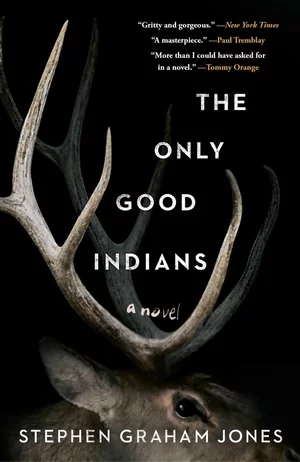


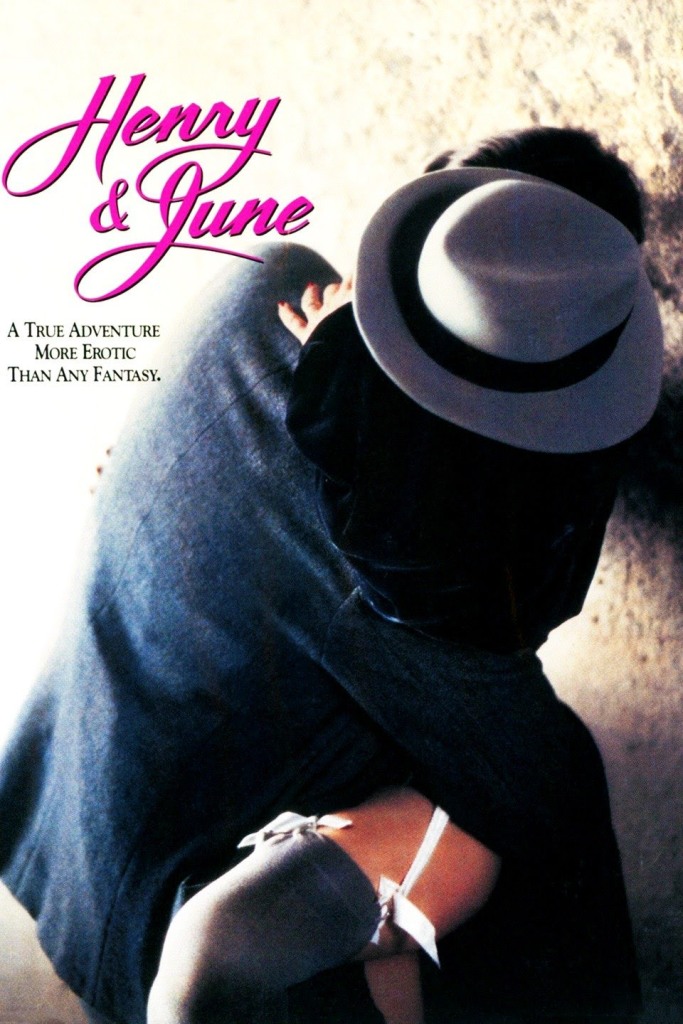
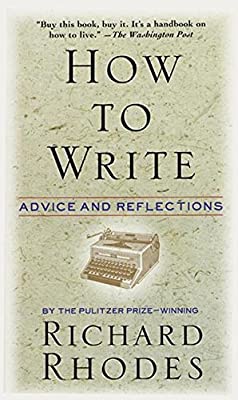


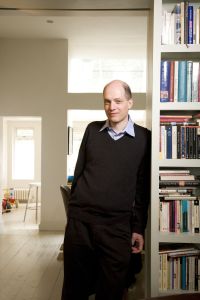 The News: A User’s Manual
The News: A User’s Manual
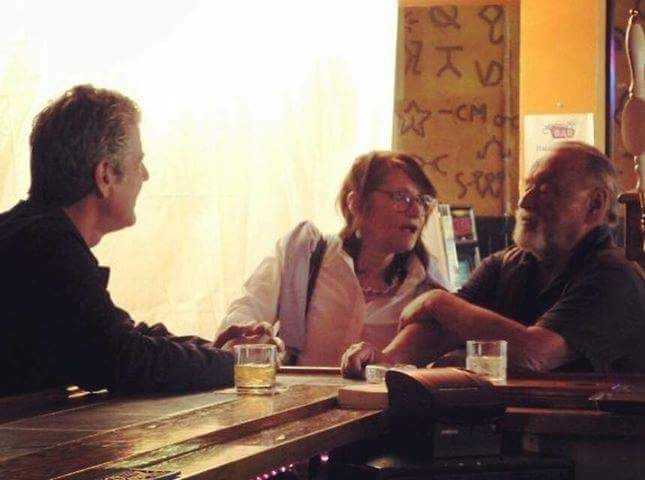
 Grunt: The Curious Science of Humans at War
Grunt: The Curious Science of Humans at War Most of my professional writing career has been as a full-time employee, primarily in journalism, but also in marketing and textbook publishing.
Most of my professional writing career has been as a full-time employee, primarily in journalism, but also in marketing and textbook publishing.